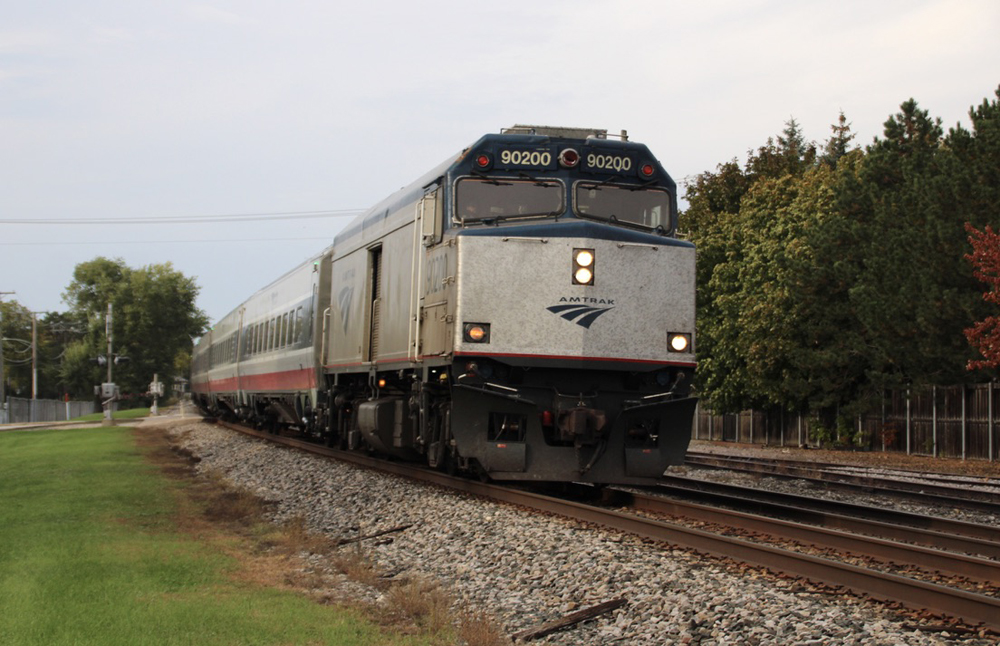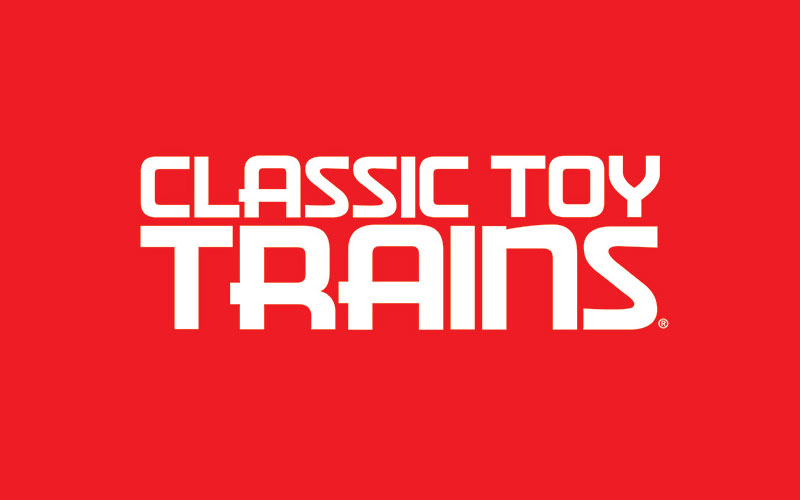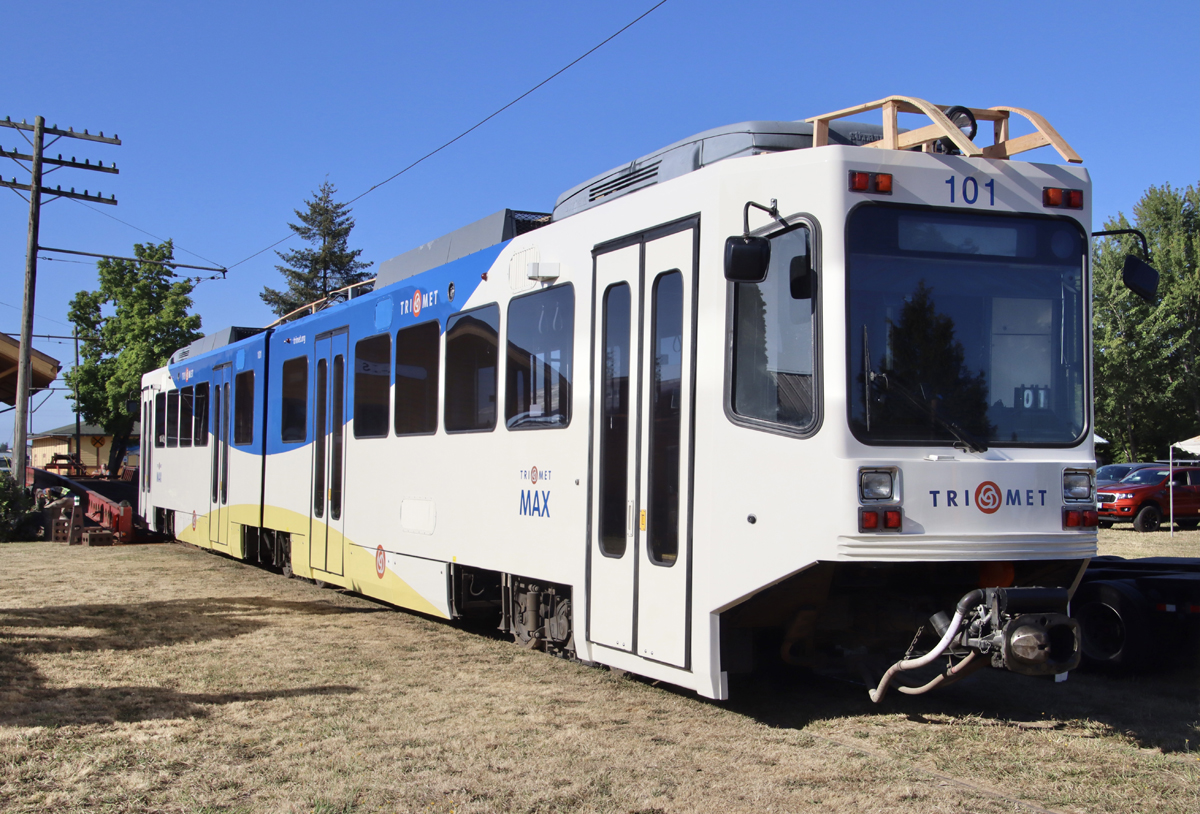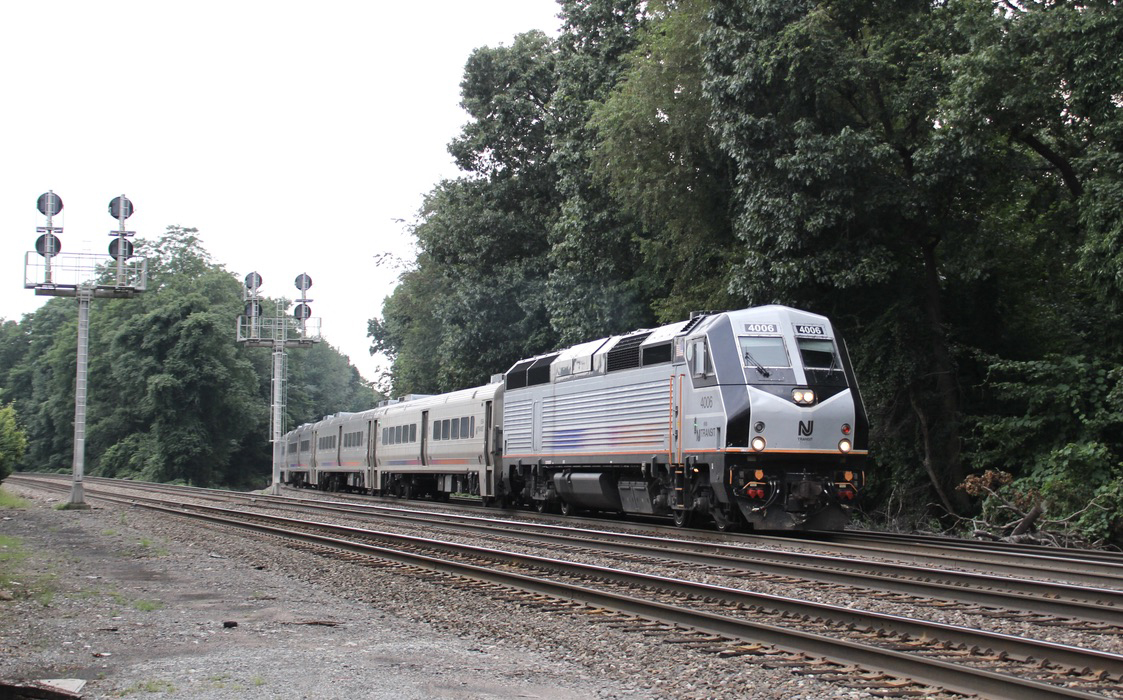
WASHINGTON — Amtrak announced today (Wednesday, Oct. 18) that it will be “soon” be reducing its fare categories from three to two, although details and effective dates have not been revealed.
The bottom-tier and most-restrictive “Saver” fares are being eliminated, and the other two categories — “Value” and “Flexible” — are being redefined to allow for greater fare manipulation.
The biggest changes are likely to occur with the “Flexible” category, which currently is generally the highest-priced coach fare between city pairs and becomes the only option when trains approach a sellout. It has been named “flexible” because it is fully refundable for the passenger who pays a premium to buy it, but ironically the fixed rate reduces Amtrak’s options to price competitively.
With limited capacity on many routes, current Flexible rates — the only fare once ticket sales reach 90% of capacity — are often twice the fare passengers might have paid for a withdrawn “Value” fare. It’s safe to assume passengers were not voluntarily opting to pay that kind of a premium, so the company could lose the business.
Amtrak’s press release notes that the new fully refundable “Flex” fares “will often be available starting at lower prices currently offered.” Tickets in the “Value” category “are non-changeable and receive a 75% refund if cancelled.” Any refunds will be made directly to the credit card account that made the original purchase, rather using than the current, cumbersome eVoucher system.
Presumably Amtrak will still allow the amount of a value fare to be applied to a different train (though perhaps at a different fare).
Periodic deep discount sales will also continue, though refund restrictions will be tight. A good example is the ultra-low “Night Owl” fares Amtrak has been using to fill seats on nocturnal runs for the past year on the Northeast Corridor.
Sources tell Trains News Wire that the new setup will allow similar fare flexibility to be introduced to corridors that have traditionally offered the same rate for every departure, such as the Chicago-Milwaukee Hiawathas. With that corridor and California’s San Joaquins having switched to reserved seats, the ability to manipulate fares could mean more off-peak bargain rates to entice riders or potentially higher fares on certain days. Lower fares will, however, require route-specific promotion to let potential riders know of their availability.
An Amtrak spokesman said in an email to News Wire that a specific date has not been set for the launch of the new fare structure but it will be this fall. Once launched, it will apply immediately for coach and Acela Business Class, and that there will be different rules for First Class (Acela and sleeping cars) and unreserved services.
— Updated at 9:45 p.m. CDT with additional details in final paragraph.













